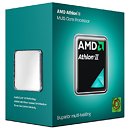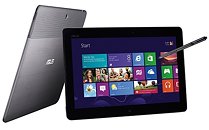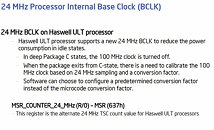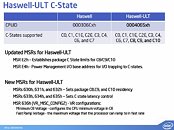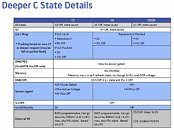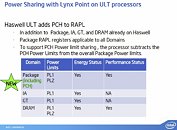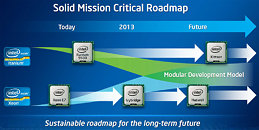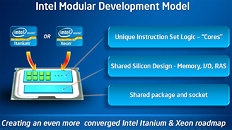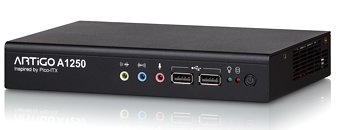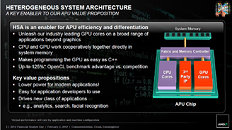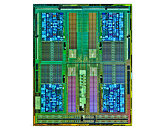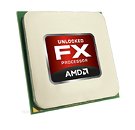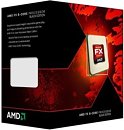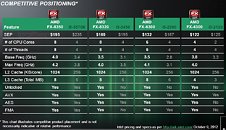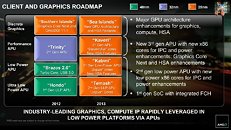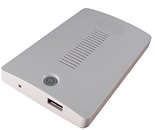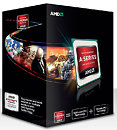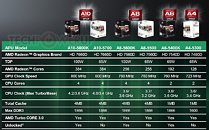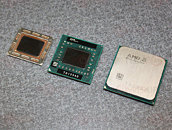Unigine Returns with Two New GPU Benchmark Apps
A little later this week, Unigine Corp. will be announcing two new GPU benchmark apps, the Valley 1.0, and Heaven 4.0. The two apps are cross-platform, in that they support both Windows and Linux (x86/x64). On Windows, the two can max out feature-sets of the latest DirectX 11.x APIs, while on Linux, the two take advantage of the latest OpenGL 4.x. Valley uses an entirely new test scene that's a beautiful springtime depiction of a valley. Distant snow-capped peaks, a treeline, and dense foliage, the scene's got it all, coupled with lighting, and depth of field effects. Definitely something we'd like our GPUs to trip on.
Moving on, Unigine's second benchmark suite for the season is Heaven 4.0, while builds on the current Heaven 3.0 benchmark. It adds SSDO (scene-space dimensional occlusion), improved lens flare, a rendered starscape at night time, GPU temperature and clock monitoring, improved multi-GPU detection, and various bug fixes. The two should be released some time around Thursday (14/02).
Moving on, Unigine's second benchmark suite for the season is Heaven 4.0, while builds on the current Heaven 3.0 benchmark. It adds SSDO (scene-space dimensional occlusion), improved lens flare, a rendered starscape at night time, GPU temperature and clock monitoring, improved multi-GPU detection, and various bug fixes. The two should be released some time around Thursday (14/02).



